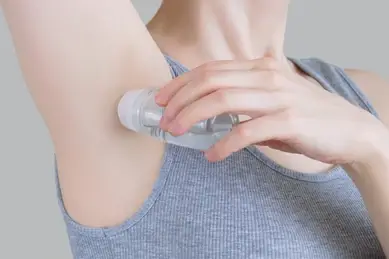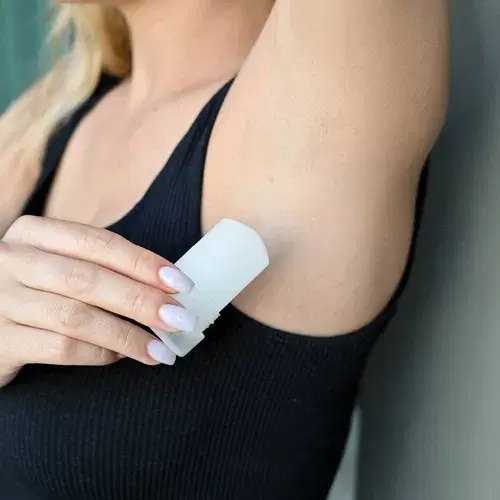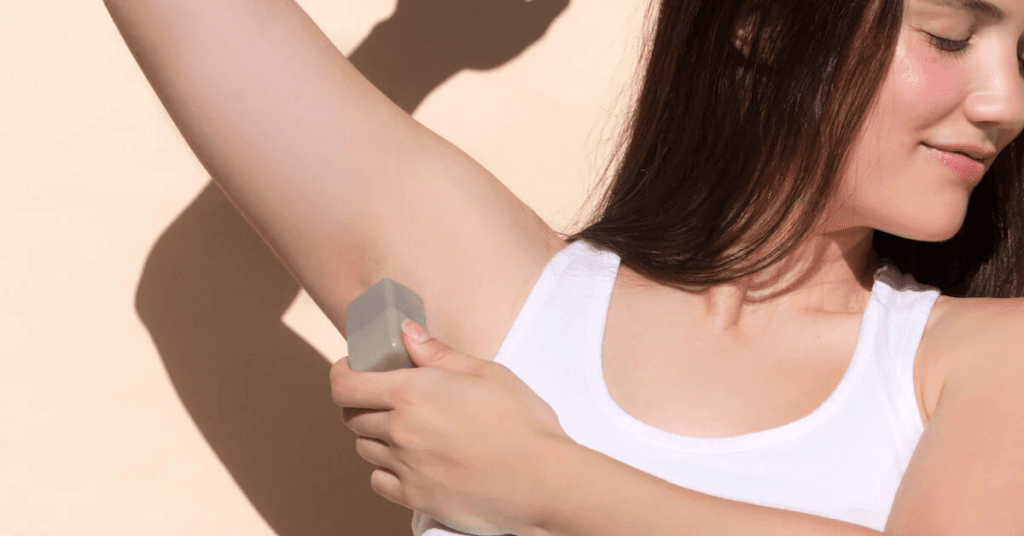Have you ever wondered if your underarm deodorant could do more? As temperatures rise and active lifestyles become the norm, the concept of whole body deodorant has gained significant traction. But does applying deodorant beyond your armpits make sense, or is it just clever marketing? If you’ve been curious about this growing trend, you’re in the right place.
To separate fact from fiction and provide you with evidence-based information, we consulted leading dermatologists who specialize in skin health and body care products. Read on to discover everything you need to know about whole body deodorants—from how they work to whether they deserve a spot in your daily routine.
Table of Contents
Meet the Experts
Jennifer Holman, MD is a board-certified dermatologist with specialized training in cosmetic dermatology and a fellow of the American Academy of Dermatology.
Marcus Chen, MD, PhD is the Chief of Clinical Dermatology at Pacific Skin Institute and has published extensive research on microbiome interactions with skincare products.
What Is Whole Body Deodorant?
Unlike traditional deodorants designed specifically for underarms, whole body deodorants are formulated to be used on multiple areas where odor-causing bacteria thrive. “Whole body deodorants are antimicrobial formulations designed to address bacterial growth across various body regions—not just underarms,” explains Dr. Holman.
The science behind body odor is relatively straightforward: when you sweat, the moisture creates an ideal environment for naturally-occurring bacteria on your skin to multiply. These bacteria break down proteins and lipids in your sweat, producing compounds with distinctive odors. Whole body deodorants target this process in several ways.
“Most effective formulations contain three key components,” says Dr. Chen. “First, moisture-absorbing ingredients like tapioca starch or arrowroot powder that create a less hospitable environment for bacteria. Second, pH balancers such as lactic acid that maintain skin’s natural acidity, deterring bacterial overgrowth. Finally, natural antimicrobial agents that directly inhibit odor-causing microorganisms.”
The primary advantage is comprehensive coverage. “Many patients don’t realize that the same bacterial processes causing underarm odor can occur in other areas with sweat glands, particularly in skin folds and areas with limited airflow,” notes Dr. Holman. These products offer a singular solution for multiple body regions, potentially simplifying your hygiene routine while providing extended freshness throughout the day.
Are They Safe?
Safety concerns naturally arise when considering applying any product to larger body areas. “Generally speaking, whole body deodorants formulated with skin-friendly ingredients are safe for most individuals,” assures Dr. Chen. “However, safety profiles vary significantly between products based on their active ingredients.”
Most dermatologist-recommended options avoid potentially problematic ingredients such as aluminum compounds, parabens, and synthetic fragrances. Instead, they incorporate gentle antimicrobials like zinc ricinoleate or silver nanoparticles that effectively combat odor-causing bacteria without disrupting beneficial microflora.
However, both experts emphasize caution for those with sensitive skin or underlying conditions. “Patients with eczema, psoriasis, or contact dermatitis should be particularly careful,” warns Dr. Holman. “The increased surface area of application amplifies the risk of adverse reactions, especially with products containing essential oils or botanical extracts, which, while natural, remain common allergens.”
For optimal safety, Dr. Chen recommends: “Always conduct a patch test before full-body application, preferably in the inner forearm area. Wait 24 hours to ensure no reaction occurs. Additionally, select products specifically formulated for sensitive skin if you have a history of skin sensitivities.”

Can You Really Use Them All Over?
While the name suggests unlimited application, dermatologists advise discretion regarding where you apply whole body deodorants. “These products are generally safe for external application on intact skin with active sweat glands,” explains Dr. Chen. “Common areas beyond underarms include the chest, back, feet, and areas beneath the breasts or abdominal folds where moisture tends to accumulate.”
However, certain regions require caution or complete avoidance. “Never apply these formulations to mucous membranes, genital areas, or perianal regions,” cautions Dr. Holman. “These sensitive areas have different microbiome compositions and pH requirements that external deodorants can disrupt, potentially leading to irritation or infections.”
Another consideration is recently shaved or micro-injured skin. “The skin barrier is compromised after shaving or exfoliation,” notes Dr. Chen. “I advise patients to wait at least 12 hours after hair removal before applying whole body deodorants to minimize potential irritation from active ingredients penetrating more deeply than intended.”
Potential Risks
While generally safe, whole body deodorants aren’t without potential drawbacks. “The most common adverse effect is allergic contact dermatitis,” says Dr. Holman. “This risk increases proportionally with the surface area of application, making it more common with whole body products than traditional underarm deodorants.”
Common culprits in allergic reactions include fragrances, preservatives, and botanical extracts. Moreover, using these products excessively or in occlusive conditions (such as immediately before workouts under tight clothing) may disrupt your skin’s microbiome balance.
“There’s growing evidence suggesting that the skin microbiome plays a crucial role in overall skin health,” explains Dr. Chen. “Overly aggressive antimicrobial ingredients might temporarily reduce odor-causing bacteria but could potentially disrupt beneficial microbial populations that help maintain skin integrity and immune function.”
Additionally, users should understand what these products don’t do. “Unlike antiperspirants, whole body deodorants typically don’t reduce sweating,” clarifies Dr. Holman. “They address odor rather than moisture, which may disappoint consumers seeking comprehensive sweat management.”
Alternatives to All-Over Deodorant

If you’re hesitant about adopting whole body deodorants, several effective alternatives exist. “For localized concerns, targeted solutions often work best,” suggests Dr. Chen. “Specialized foot powders containing antifungal agents like miconazole address foot odor more effectively than generic body deodorants.”
For comprehensive body freshness without applying deodorant everywhere, consider these expert-recommended approaches:
- Antibacterial body washes containing ingredients like benzoyl peroxide or chlorhexidine that reduce bacterial load during showering
- Microfiber towels with silver-infused threads that maintain antimicrobial properties through multiple wears and washes
- Moisture-wicking clothing that pulls sweat away from the skin, creating less favorable conditions for odor-producing bacteria
- Probiotic body sprays that introduce beneficial bacteria to compete with odor-causing microorganisms
“For patients with hyperhidrosis or excessive sweating, medical interventions like prescription-strength antiperspirants containing aluminum chloride, botulinum toxin injections, or newer microwave-based treatments may provide more reliable relief than cosmetic deodorant products,” adds Dr. Holman.
The Final Takeaway
Whole body deodorants represent an innovative solution for comprehensive odor management beyond traditional underarm products. They work by controlling the bacteria that cause unpleasant odors rather than stopping sweat itself—an important distinction to understand before purchasing.
While generally safe for most users, these products require thoughtful application and ingredient scrutiny, particularly for those with sensitive skin or underlying dermatological conditions. “The ideal approach is personalized,” concludes Dr. Chen. “What works excellently for one person may cause irritation for another, making product selection and patch testing crucial steps in finding your optimal solution.”
For most consumers, whole body deodorants offer a convenient addition to their hygiene routine, particularly during high-activity periods or in warm climates. However, they function best as part of a comprehensive approach to body freshness that includes proper cleansing, moisture management, and appropriate clothing choices.
If you experience persistent body odor despite using these products, consult a dermatologist, as underlying medical conditions may require more targeted treatment approaches beyond what commercial deodorants can provide.
Find out more:
Follow us on: Pinterest | Facebook





